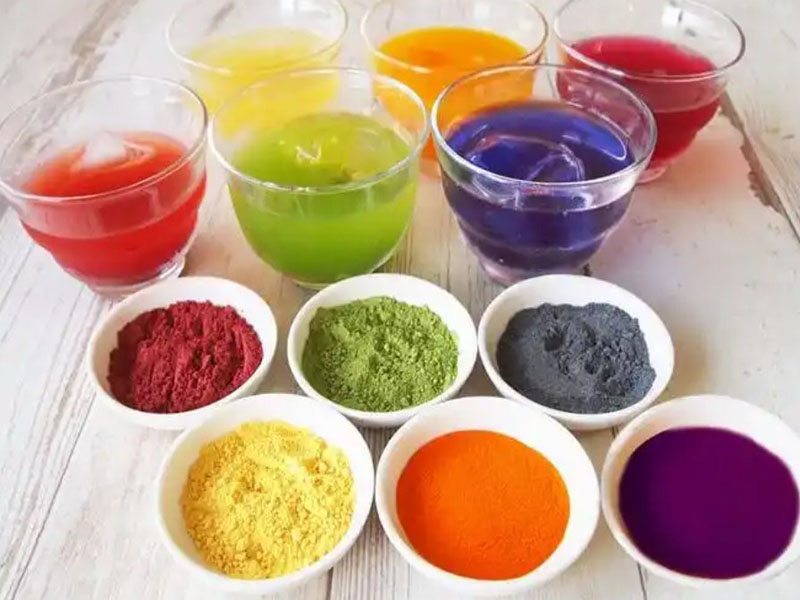
Maltodextrin
DE value: 10-12
Package: 25kg per bag
Origin: China
Product Introduction
Maltodextrin is a polysaccharide food ingredient that is a low conversion product between starch and starch sugar. An amorphous powder that appears white or slightly yellow in appearance, with no visible impurities to the naked eye, and has a special odor. Its taste is not sweet or slightly sweet.

1、 Definition and Raw Materials
Maltodextrin is a kind of starch derivative without free starch, which is made from starch or starch by enzymatic hydrolysis, refining and spray drying. Its raw materials can be starchy corn, rice, etc., or refined starch such as corn starch, wheat starch, cassava starch, etc.
2、 Nature and Characteristics
Appearance: Maltodextrin is a white or slightly yellowish amorphous powder with no visible impurities to the naked eye.
Taste: It has a special odor and is not sweet or slightly sweet in taste.
Solubility: It is easy to disperse and dissolve in water, with slightly lower solubility than sugar, but stronger hydration force.
Stability: It has good thermal stability and acid resistance, is not easy to clump, and is not easy to deteriorate.
DE value: The physical properties of maltodextrin are directly related to its hydrolysis DE value (i.e. glucose equivalent value). The higher the DE value, the greater the product’s solubility, sweetness, permeability, fermentability, browning reaction, and freezing point drop; The worse the organization, viscosity, pigment stability, and anti crystallization properties.
3、 Classification and specifications
The maltodextrin series products have different DE values, and common product specifications include MD10, MD15, MD20, etc. Maltodextrin of different specifications has differences in properties and applications.
4、 Application Fields
Maltodextrin has a wide range of applications in the food industry, including but not limited to the following aspects:
Dairy products: added to milk powder and other dairy products, can expand the volume of the product, prevent clumping, dissolve quickly, have good blending properties, while reducing costs and improving economic benefits. It can also improve the nutritional ratio, increase the nutritional ratio, and make it easy to digest and absorb.
Nutritional leisure food: used for soy milk powder, instant cereal, and malt extract, etc., it has a good taste and instant thickening effect, avoids sedimentation and layering, can absorb bean or milk odor, and extends shelf life.
Solid beverages, such as milk tea, fruit crystals, instant tea, etc., can maintain the characteristics and aroma of the original product, reduce costs, have a mellow and delicate taste, rich aroma, excellent instant effect, and inhibit crystallization.
Fruit juice beverage: used in coconut milk juice, peanut and almond milk, and various lactic acid drinks, with strong emulsifying ability, unchanged original nutritional flavor of fruit juice, easy absorption by the human body, increased viscosity, pure product, good stability, and not easy to precipitate.
Frozen food: used for ice cream, ice cream or popsicles, etc. The ice particles are swollen and delicate, with good viscosity, mild sweetness, low or no cholesterol, pure flavor, and good taste.
Candy: It can increase the toughness of candy, prevent sanding and melting, improve structure, reduce candy sweetness, reduce tooth disease, reduce stickiness, improve flavor, prevent deliquescence, and extend shelf life.
Pastry: Used for biscuits or other convenient foods, with a full shape, smooth surface, clear color, and good appearance effect. The product is crispy and delicious, with a moderate sweetness, and does not stick to teeth or leave residue when consumed. It has fewer defective products and a long shelf life.
In addition, maltodextrin can also be used in fields such as pharmaceuticals, cosmetics, and feed industry.


